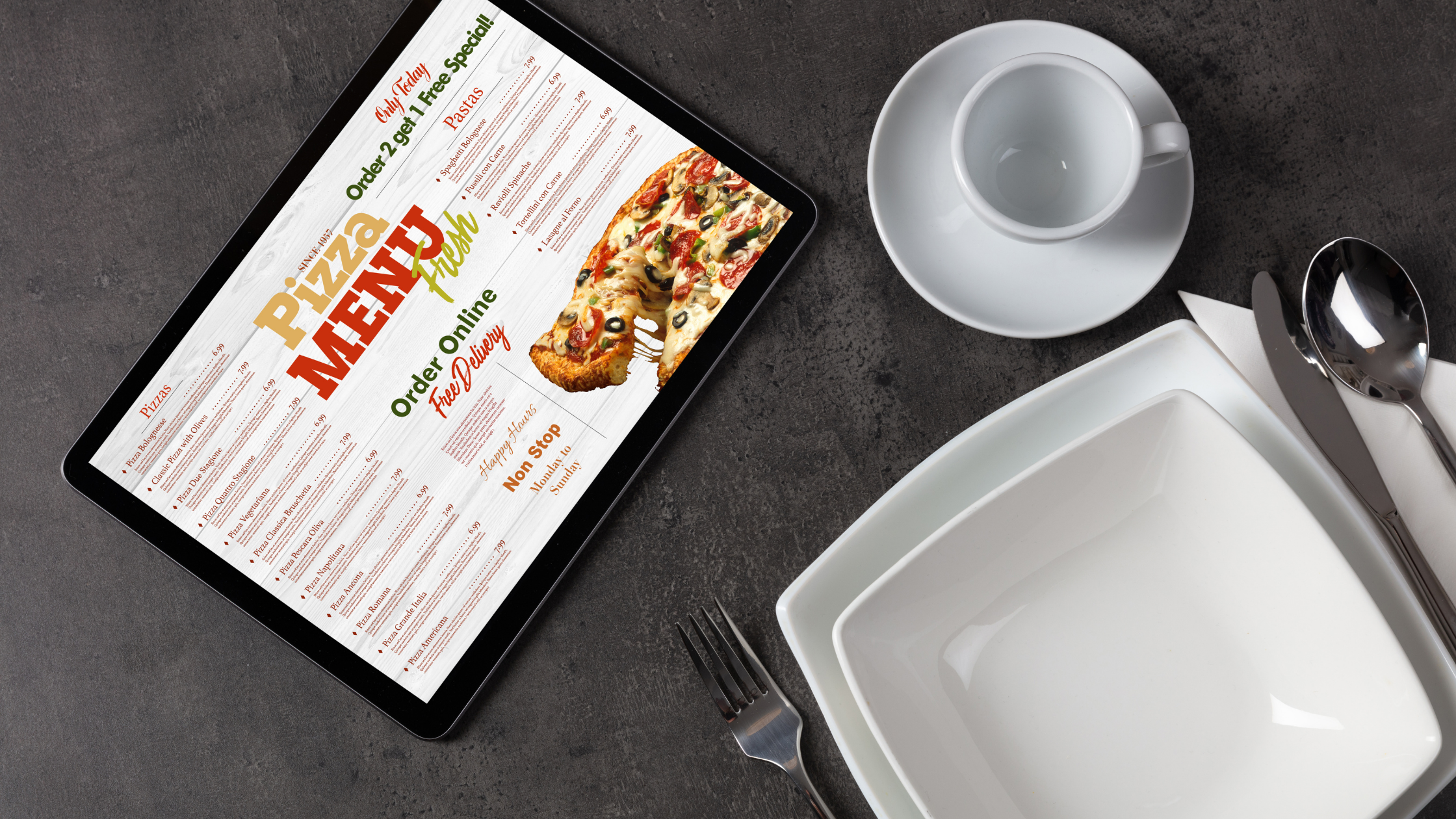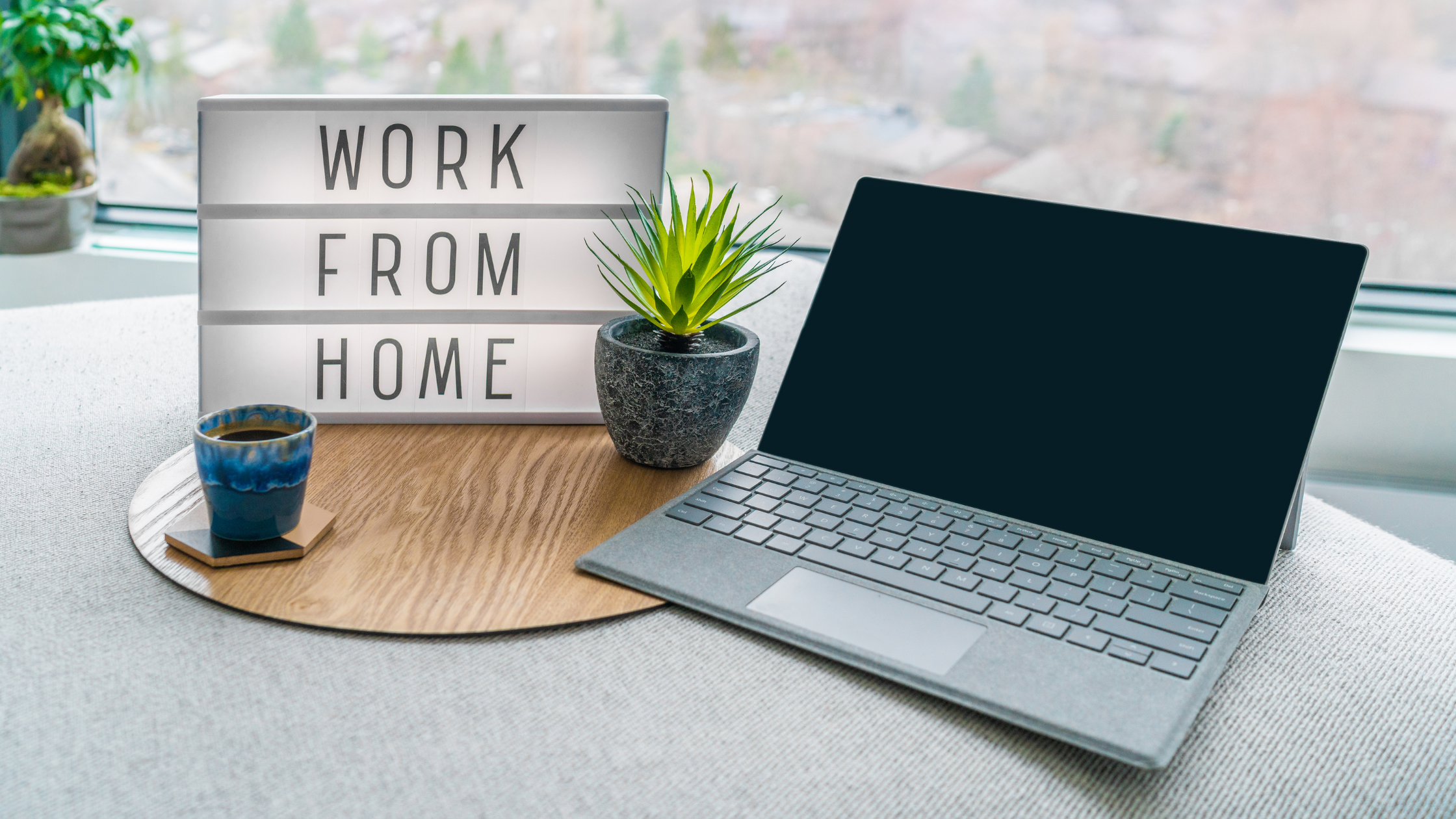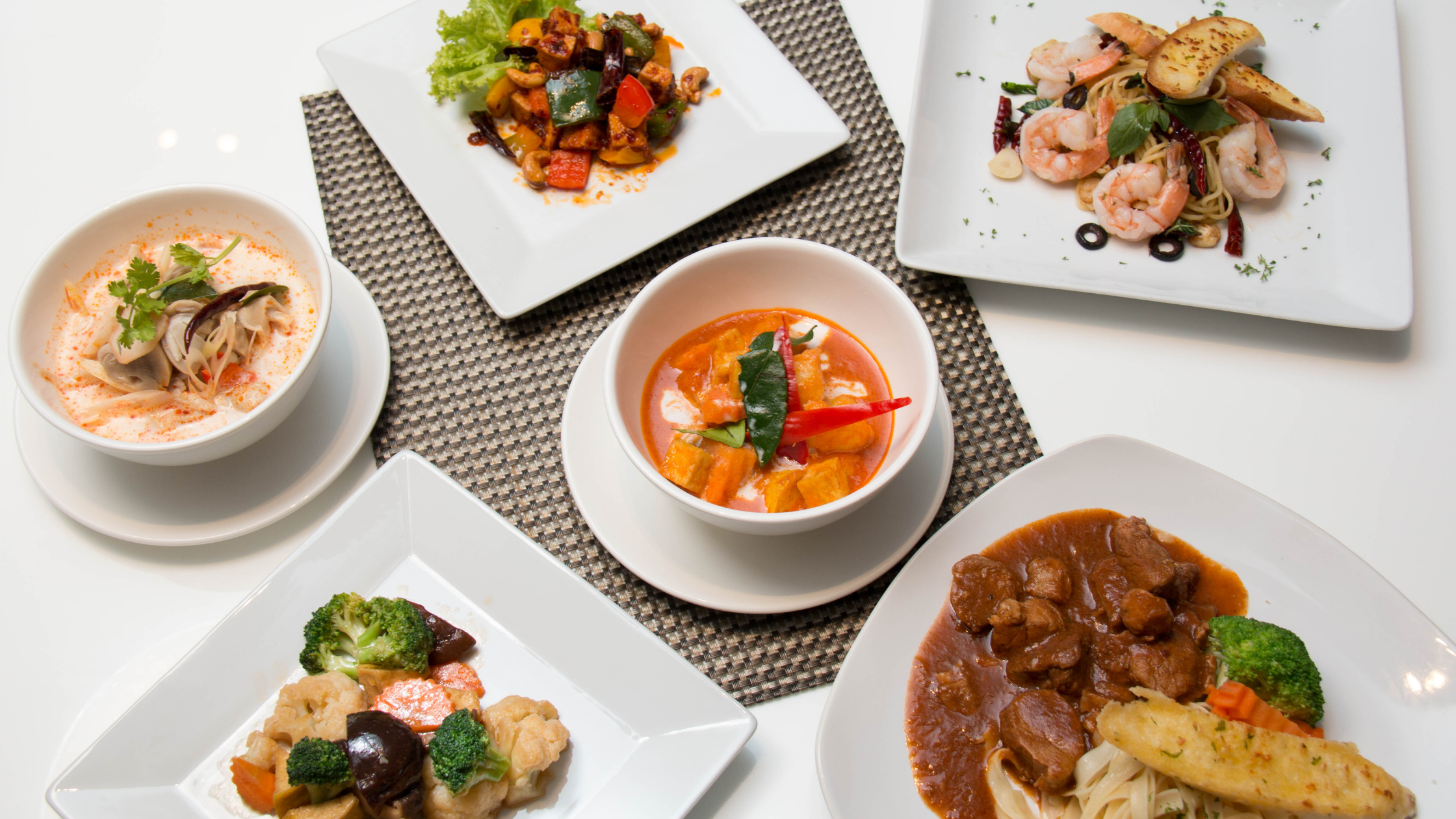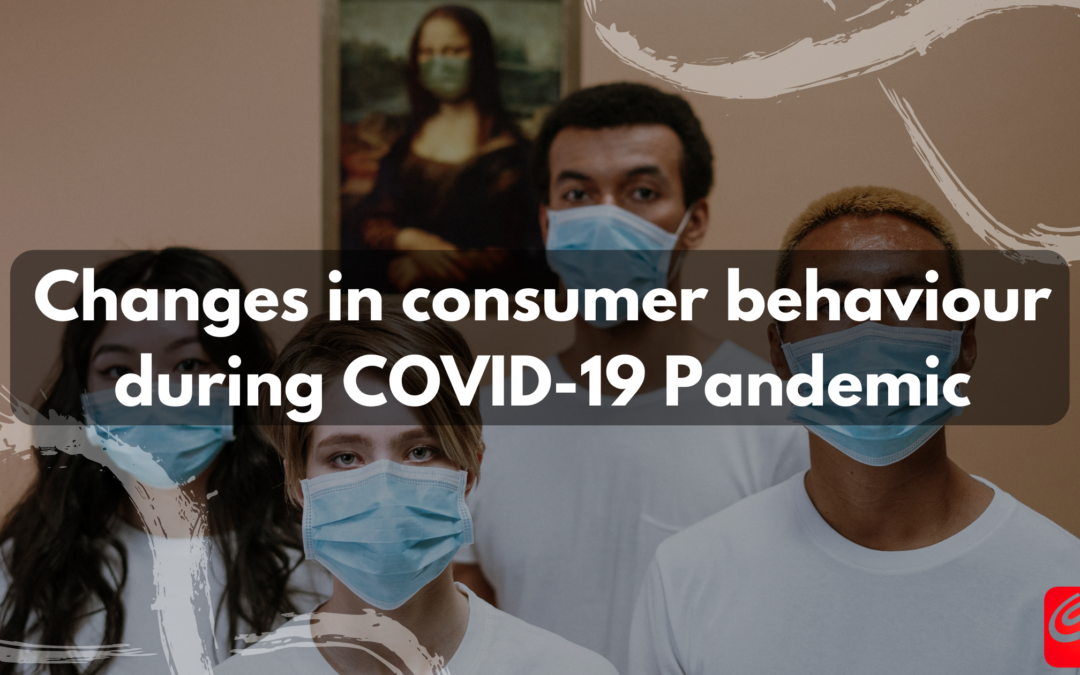Changing consumer behaviour has been significant during COVID-19. The pandemic has gripped people all over the world. There is comfort in knowing that most other people are experiencing the same things. As case numbers grew, lockdowns and quarantines came down. In some corners of the world, nations came to a near-complete standstill as non-essential staff were ordered to stay home and city centres were emptied.
Many have pivoted 180° to make their jobs less burdensome. It is difficult to comprehend these changes as a restaurant owner catering to customers. However, these changes can be addressed in similar ways and in different contexts, due to the similar root cause, the collective experience of the pandemic. Read on to find out some effects of changing consumer behaviour during COVID-19.

‣ Focus on health and hygiene
Firstly, any article addressing changing consumer behaviour during COVID-19 needs to contain a discussion of health. Hygiene and health have been a concern of consumers for over a year now. The pandemic shows little signs of abating in 2021. Hence, customers are more health-conscious, leading to a change in their eating habits.
-
-
-
Fear of going to crowded restaurants
-
-
Simply put, people do not want to go out anymore. Even if people have the option to eat outside, many still hesitate. There is a real sense of fear and paranoia towards catching the virus. Many do not wish to fall ill, spread the virus, and mess with others’ lives. Thus, with this mindset, it will be a tough climb for restaurants to get restaurant occupancy back to past levels.
-
-
-
Hesitance to touch a shared physical menu
-
-

When consumers enter restaurants, they hesitate before tentatively accepting a physical menu from waiters. Who knows how many hands have touched that menu, how many germs it has, and when it was last cleaned? Even when restaurants advertise the cleanliness of their premises, some fear remains in the consumer. Physical menus are now seen as another way to contract germs.
-
-
-
Preference for using personal devices to access a menu
-
-
Mobile phones have become ubiquitous, with 67% of the world’s population having at least one mobile phone. In urban areas, that statistic is closer to 90%. People trust their devices and feel comfortable using them. With growing health concerns, many would now prefer to use their own devices to access e-menus. This is regardless of the method of attaining the menu, whether through downloading an application, clicking a link, or scanning a QR code. It’s more hygienic and comfortable to use an interface someone is familiar with.
‣ Work from home

Secondly, people are staying home a lot more, whether because of safety reasons or government regulations. It can be quite comfortable for some and could spell a long-term shift towards virtual work. Changing consumer behaviour during COVID-19 means that people are generally more agreeable with staying home now.
-
-
-
More home cooking, more delivery
-
-
When at home, cook as the hermits do. In the early days of the pandemic, people hurried to master traditional recipes. Bread was baked, coffee was made, and vegetables were fermented.
However, the enthusiasm for cooking wears off after a while. Thus, consumers look towards delivery options for ways to quickly and effortlessly get food. Delivery is speedy, and customers never have to wait more than an hour for their meals to arrive. Delivery is definitely here to stay as a consumer preference well into the future.
-
-
-
Change towards a demand for more variety
-
-
The days blend into one another during lockdown and quarantine. Routines are carried out like records on repeat and become monotonous. Food is not another thing that people want to make into a ‘rinse and repeat’ experience.

Food is a form of escape from the daily cycle of waking, working, resting, and sleeping. Home-cooked food is comforting because of its familiarity. However, as seen from “foodie” culture, people want the unfamiliar, to explore new tastes and give their palates new experiences.
Cravings for Mexican tacos, Japanese teppanyaki, and Polish pierogi seem to spring out of nowhere. Never before have consumers demanded such a wide variety of food options to choose from. As companies jump at the chance to meet this demand, people are really spoiled for choice.
Conclusion: Changing consumer behaviour during COVID-19
Changing consumer behaviour during COVID-19 has not been easy to understand. The food and beverage (F&B) industry has been hit especially hard by these changes. It has a long way to go before it reaches similar restaurant occupancy levels as in the past. It takes time to recover and adapt. With this article, we hope to have shed some light on what this changing consumer behaviour during COVID-19 is. For more information, click here to read more about how to boost sales for F&B companies during COVID-19.

